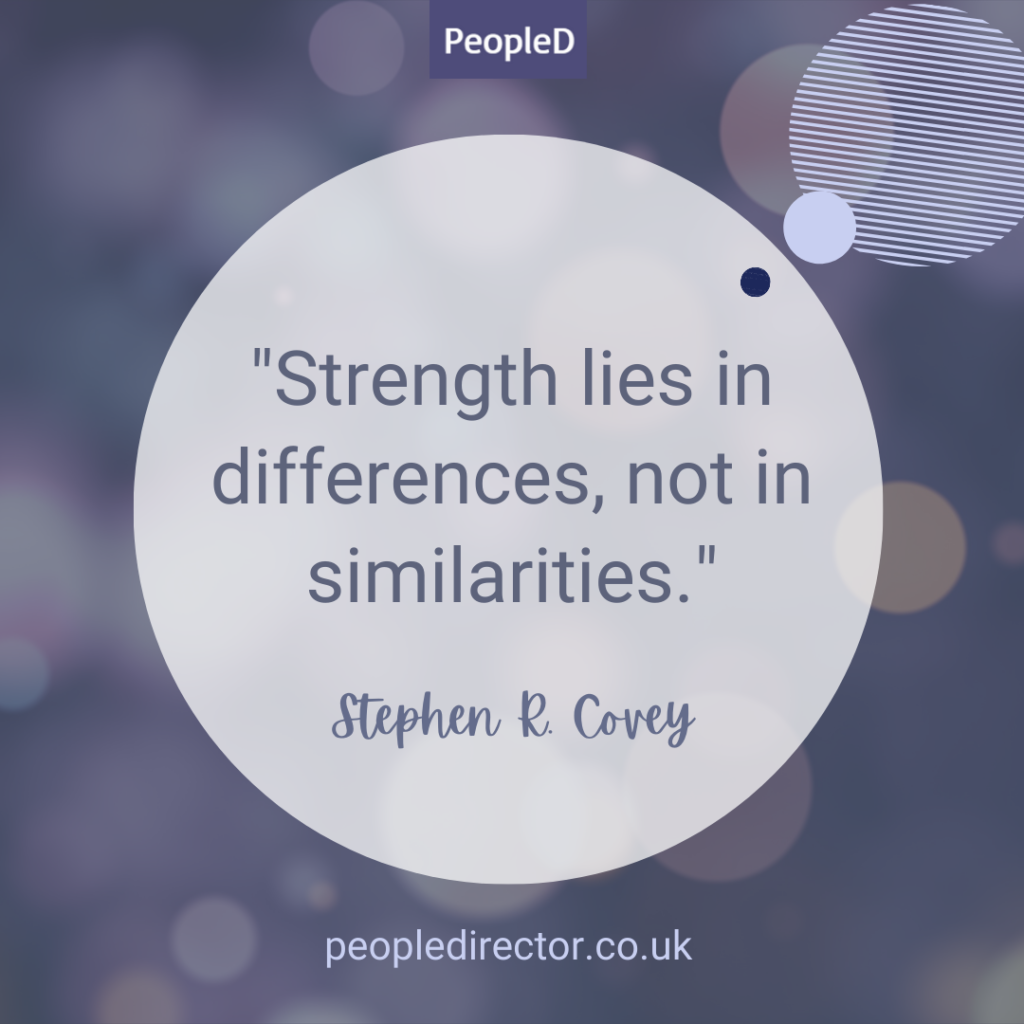
“Microaggressions are racist acts conveying inferiority and invalidation, making the recipient feel unwelcome and less valuable to the organisation. Microaggressions were first defined by Harvard psychiatrist Chester Pierce in the 1970s, as “… subtle, stunning, often automatic, and non-verbal exchanges which are ‘put downs’” (Pierce et al., 1978, p. 66), writes in this blog Susan Swayze, PhD, professor at The George Washington University, USA.
Dr Pierce’s work was expanded upon by Derald Wing Sue to include the following enhanced definition:
Microaggressions are “brief and commonplace daily verbal, behavioural, or environmental indignities, whether intentional or unintentional, that communicate hostile, derogatory, or negative racial slights and insults”(Sue et al., 2007, p. 271) and include “subtle snubs or dismissive looks, gestures, and tones [… that …] are so pervasive and automatic in daily conversations and interactions that they are often dismissed and glossed over as being innocent and innocuous” (Sue et al., 2007, p. 273).
Microaggressions can take at least three forms: micro assault, micro insult, and micro invalidation. A micro assault is characterised as an explicit, verbal attack such as racist name calling. A micro insult is more nuanced and conveys general messaging about racial inferiority or otherness. Comments such as,
“You’re articulate.” (Sounding surprised.)
“How did YOU get that job?” and
“I can’t say your name – what’s your name in English?”
cause self-doubt and discomfort among employees from under-represented groups.
A microinvalidation is targeted messaging meant to negate a person’s feelings or experiences about racial incidents. Comments such as,
“All lives matter.”
“You speak such good English. (again, surprise)” and
“Where were you born? No, not where do you live now, where were you actually born?”
cause discord and pollute the work environment.
Since overt racist acts are rare in organisations, micro assaults are uncommon. Micro insults and micro invalidations are more likely to occur mainly because the perpetrator may not view them as acts of racism.
How can I stop the spread of microaggressions in my organisation?
One way to address microaggressions in the workplace is to follow these steps – awareness, learning, action. First, pay attention to comments made to or about your colleagues from under-represented groups. Specifically, ask yourself these three questions about the comment:
- Is this comment one that could be said to my supervisor?
- Is this comment meant to make the individual feel validated or respected?
- Is this comment one that someone would say to an individual regardless of race, ethnicity, gender, or sexual orientation?
If the answers to these three questions are “no,” then it is likely that the comment is a microaggression.
Next, learn how to address a microaggression – letting it stand normalizes the behaviour. While there are numerous ways to address microaggressions, I will focus on two here – “calling in” and “calling out.” Calling in is a question-based response to a microaggression. By calling in someone regarding their behaviour you can explore the reasoning behind an insulting comment and potentially affect change in behaviour. Calling in is focused on reflection, using questions such as these:
- I’m curious – what do you mean when you say “____”?
- How did you come to that conclusion?
- Do you think that other people might think differently?
Calling out is a more direct way to address microaggressions. By calling out a microaggression you indicate that the comment is unacceptable and will not be tolerated. By calling out the microaggression using statements such as these listed below, you “hit pause” and stop the microaggression from escalating:
- That’s not our culture here. Those aren’t our values.
- I need to push back on that – I don’t see it that way.
- I feel obligated to tell you as a colleague that your comment is not okay.
Given the tonal difference between calling in and calling out, calling in may be a safer route to take when there is a power differential at play. Calling in is an indirect approach to curbing the use of the microaggression while calling out is a direct rebuke of the offending comment. Alternatively, you could plan a 1-2 punch, begin with calling in and if the individual persists, follow up with calling out.
Calling in may serve to address the current microaggression but may not stop future harmful comments. Calling out may be more impactful and can not only address the current microaggression but make the perpetrator pause before committing future microaggressions.
Who is responsible for calling in or calling out microaggressions? Everyone – it’s everyone’s responsibility. Microaggressions may occur in the presence of colleagues from under-represented groups in the organisation or may occur in their absence. Thus, it is important for allies to step up and address microaggressions.
In conclusion, microaggressions are subtle acts that can go unnoticed in the workplace and can thus become part of company culture. Microaggressions have detrimental effects on individuals and organisations, and if left unchecked will result in a workplace environment that is inhospitable to diversity. Dr Derek Avery suggests that microaggressions can begin a cycle that results in employee departure.
Things like microaggressions and harassment lead people to withdraw psychologically, which causes higher levels of burnout and lower levels of engagement. Then there is physical withdrawal: tardiness, absenteeism and ultimately turnover.
If you believe as Chris Kirkpatrick, VP Human Resources at Adidas does that “It’s our individual uniqueness that enriches our collective outcomes”, then you will want to address microaggressions in the workplace because microaggressions impede the progress that organisations aim for when creating a diverse workforce.
References
Pierce, C., Carew, J., Pierce-Gonzalez, D., & Wills, D. (1978). An experiment in racism: TV commercials. In C. Pierce (Ed.), Television and education (pp. 62-88). Beverly Hills, CA: Sage.
Sue DW et al. (2007). Racial microaggressions in everyday life: Implications for clinical practice. American Psychologist,62(4), 271-86. doi: 10.1037/0003-066X.62.4.271.

About Dr Susan Swayze, PhD
Dr Swayze is a diversity, equity, and inclusion strategist and an expert researcher who has published 100 scholarly works on diversity and inclusion, knowledge management, and organisation development.


If you need to improve business performance, call +44 (0) 7783 908571 and speak with our lead business and HR consultants. We have helped hundreds of organisations from 24 business sectors to enhance employee engagement, synergise and thrive united in diversity.
